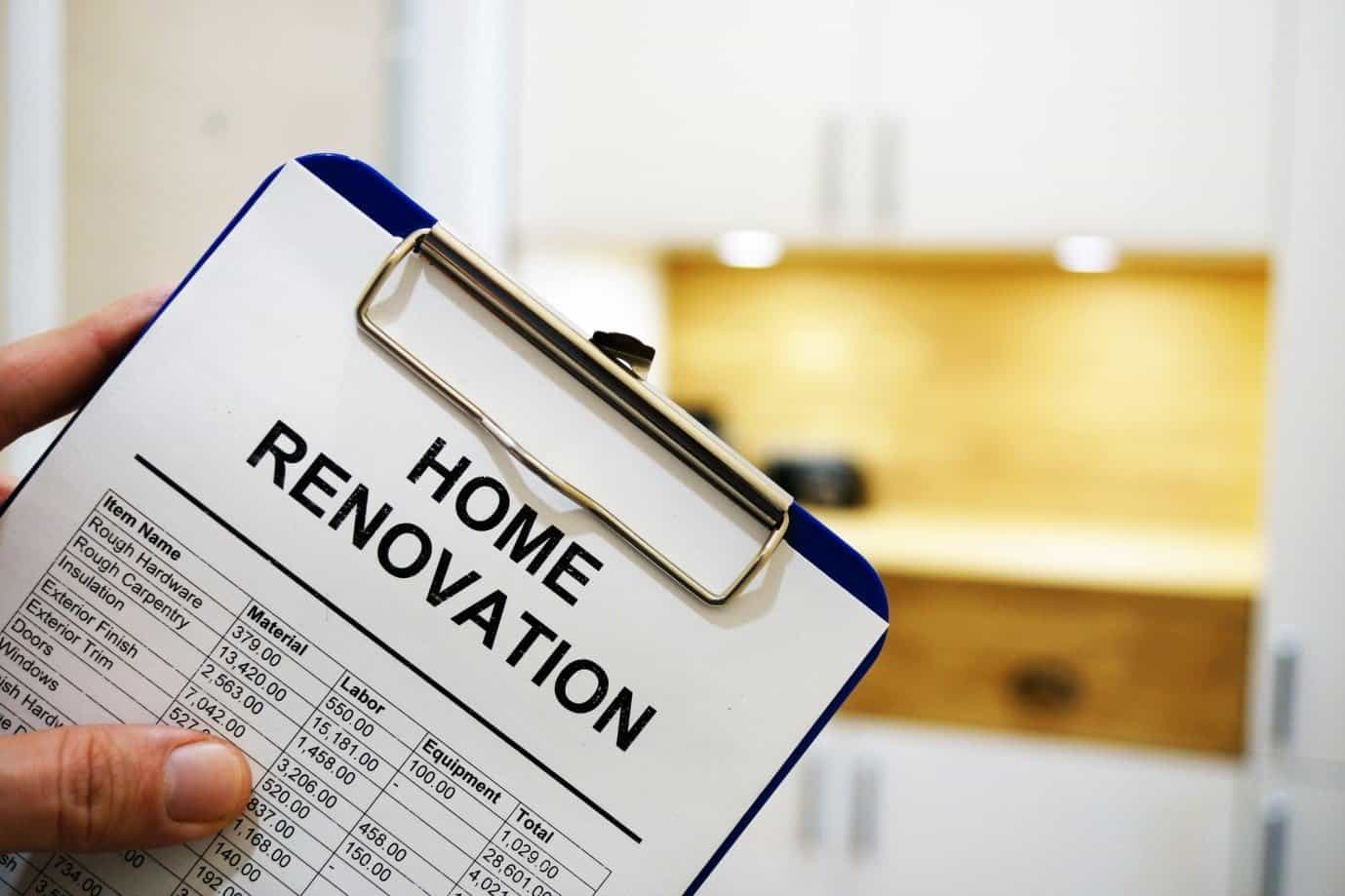It’s estimated that Americans spend over $325 billion every year on home improvement projects.
Odds are that you have a home renovation project on your to-do list. Whether you plan on putting in new hardwood floors or upgrading the interiors, it’s going to cost you some serious cash.
Here are eight smart tips for how to finance home renovation.
- Mortgage Refinance
Many people refinance their mortgage to get the money needed for home improvement projects.
A traditional mortgage refinance is a great option if your home has increased in value or your original mortgage has a higher interest rate. By refinancing, you can save money on your payments each month. Use those savings to fund your home renovations.
Need more cash? Look into a cash-out mortgage refinance.
With a cash-out refinance, you can create a new mortgage for more than you owe on your old mortgage. Your lender hands over the extra money on the loan after your original mortgage is taken care of.
- Home Equity Line of Credit
A home equity line of credit is another way of financing home improvements. This line of credit allows you to borrow against the equity you have in your property.
You are given a specific draw period, which is the amount of time you can access the line of credit. During that time, you can borrow as much or as little of your home equity line of credit as you wish. After your draw period is up, your repayment period begins.
A home equity line of credits is great if you aren’t sure what your home renovations will cost. This ensures you won’t borrow more money than you actually need. Since you’re borrowing against your home’s equity, you generally have a lower interest rate than with traditional loans.
- Home Equity Loan
A home equity loan is similar to a home equity line of credit.
With a home equity loan, you are borrowing against the value of your property. If your home is worth more than what you currently owe on it, you can use that amount to fund your project.
You’ll decide on your loan amount and take the funds as a lump sum. You’ll then have a repayment system similar to your existing mortgage, with monthly payments.
Home equity loans are great because they come with a low-interest rate. Since the lender takes your existing mortgage into account, a bad credit score doesn’t disqualify you.
- Personal Loan
When it comes to home improvement loan options, check out personal loans. Personal loans are a good option if you have yet to earn equity on your home and still need funds for your renovation.
Banks offer personal loans based on your credit score and status of employment. These factors will determine if the lender gives you a loan and what your interest rate is.
If you have a great credit score, a personal loan can offer you a shorter repayment plan with reasonable interest rates.
- Income-Based Loan
Income based loans are ideal for financing home improvements.
Consider an income-based loan if you don’t have equity in your home and your credit score is less than great.
These loans only require you to have a steady income and provide a credit or debit card for repayment purposes. They are available through various online lending services.
There are no restrictions on what you can use the funds for, and you can typically borrow a few thousand dollars at a time.
- Credit Card
Instead of taking out a loan or borrowing against your home’s equity, consider using credit cards to finance your home renovations.
Look for a credit card with a balance large enough to cover your renovation costs. There are a variety of options available, all with different benefits and drawbacks.
Search for a card with a low interest rate if you plan on carrying over your balance from month to month. Some cards offer different rewards based on what you’re purchasing, so take the time to research your options.
- Shop Around
One thing that every homeowner should do when renovating their home is to shop around. Renovating your home can cost thousands of dollars, so every penny counts when it comes to saving money.
If you’re hiring a contractor to handle your renovations, don’t just pick the first business that pops up on a Google search. Narrow down your search to a few, reputable contractors; call them to request quotes on the project.
In case you’re taking on the project yourself, there are avenues for saving around every corner.
When shopping for supplies, price match your products. Don’t forget to look for what you need online or at resale shops. When you’re ready to do the work, try renting your tools instead of buying them.
- Save Up Cash
It may not sound like the most pleasant option, but if none of these choices work, you’ll have to save up cash. While it may take longer, you won’t be paying off your home renovation for years to come.
The first step is to make a budget and figure out exactly how much the renovation will cost. Break the renovation budget up into achievable goals. Aim to save a certain amount from each check until you’re able to fund the project.
Consider separating the project into smaller projects. If you want to redo a whole room of your house, start with just the floors or windows. Taking it one step at a time can make a larger goal seem more achievable.
Beyond How to Finance Home Renovation
Now that you know how to finance home renovation, it’s time to make your home improvements a reality.
Need inspiration for your home renovation project? Check out our awesome house design collections for home projects of every style.
Discover more from Futurist Architecture
Subscribe to get the latest posts sent to your email.



